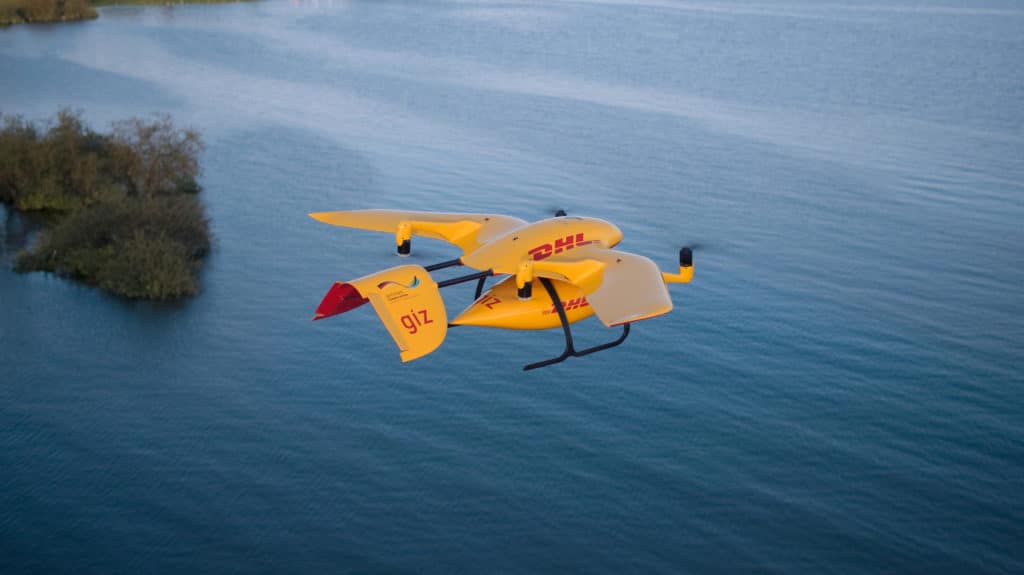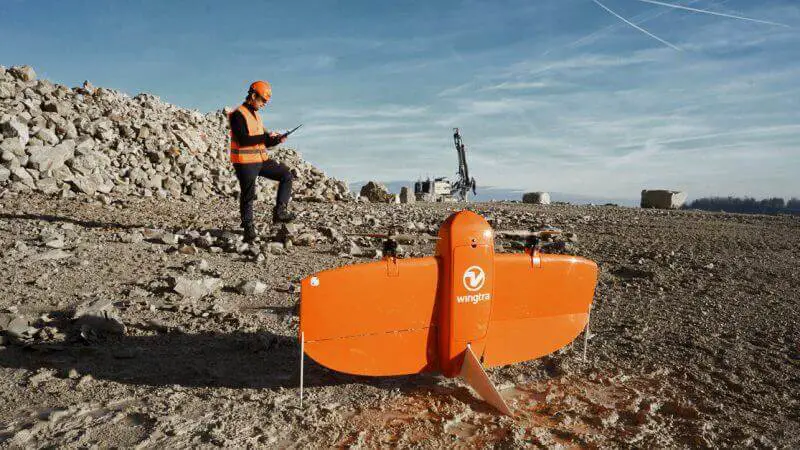In recent years, we’ve witnessed a significant increase in the weight capacity of small drones, from consumer to commercial delivery models. In this article, we’ll explore a variety of drones and their payloads.
Our focus will be on “Small” Unmanned Aircraft Systems (sUAS) which include drones weighing under 25kg. This category encompasses the majority of consumer drones found in electronic stores and commercial delivery drones.
Before we begin, let’s clarify some key terms:
Payload – Extra weight carried by the drone, such as a camera or package MTOW – Maximum Take-off Weight Loaded/Unloaded – Drone with or without payload
To categorize drones by weight, we have:
- Micro: Drones weighing less than 250 grams
- Very Small: Drones weighing 250 grams or more, up to 2 kilograms
- Small: Drones weighing more than 2 kilograms and less than 25 kilograms
Throughout my career, I’ve worked with a range of sUAS and carried some fascinating payloads. It’s important to note that the size of the drone doesn’t necessarily determine its payload capacity.
How Much Can A Small Drone Carry?
Micro drones can carry up to 100g. Very Small drones like the popular DJI Phantom 4 are considered to be able to safely carry up to 500g. Small drones like the DJI Matrice 600 series can carry up to 6 kilograms. Delivery drones often carry 1-6 kilograms.
Keep in mind, it’s not just about how much a drone can lift. Adding any weight to your drone will impact its flight time and performance significantly.
You’ll see that even the drone delivery services keep their payload capacity to very light loads compared to their size and drone weight in order to maximize flight time and flight dynamics.
Delivery Drones
The most obvious type of drones that is designed specifically to carry things is of course, the delivery drone!
People most commonly think of Amazon Prime Air when they think of drone delivery. The truth is, most of Amazon’s testing is very secret. Most information you’ll find on their program is long outdated. But there are some rumours and leaks that show some interesting innovations in the delivery space. We’re excited to see what they release but for now we’ll cover the competition.
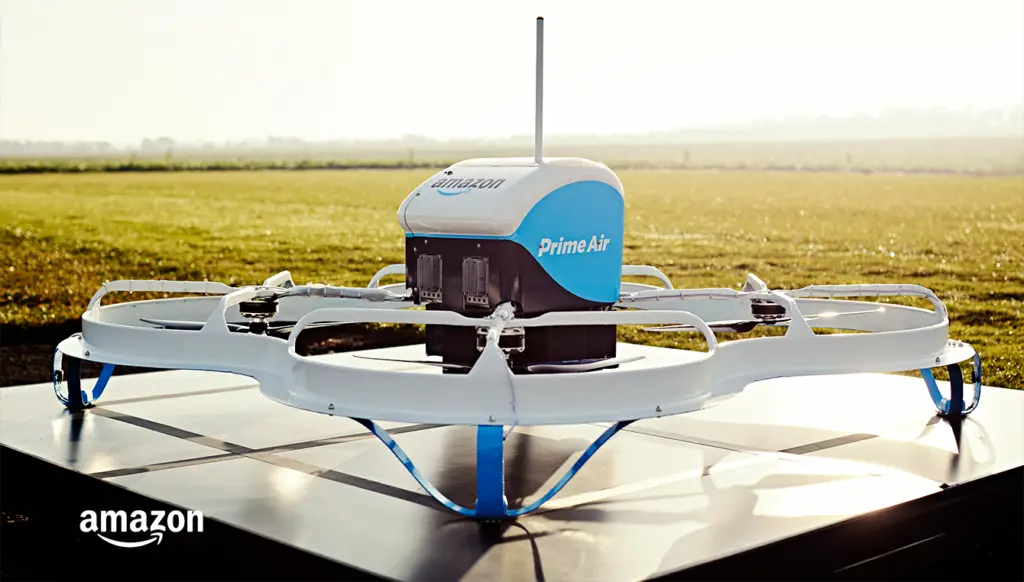
How much weight do delivery drones carry? Different airframes and delivery systems have their pros and cons, and in this case, a different payload capacity. We have a short list of some of the most popular drone delivery services active throughout the world.
| Company | Origin | Drone Weight | Payload Capacity |
| Wing | America | 11lbs (5kg) | 3.3lbs (1.5kg) |
| Zipline | America | 45lbs (20kg) | 3.5lbs (1.6kg) |
| Swoop Aero | Australia | N/A | 13lbs (6kg) |
| Wingcopter | Germany | 12lbs (5.6kg) | 9lbs (4kg) |
DJI Phantom 4
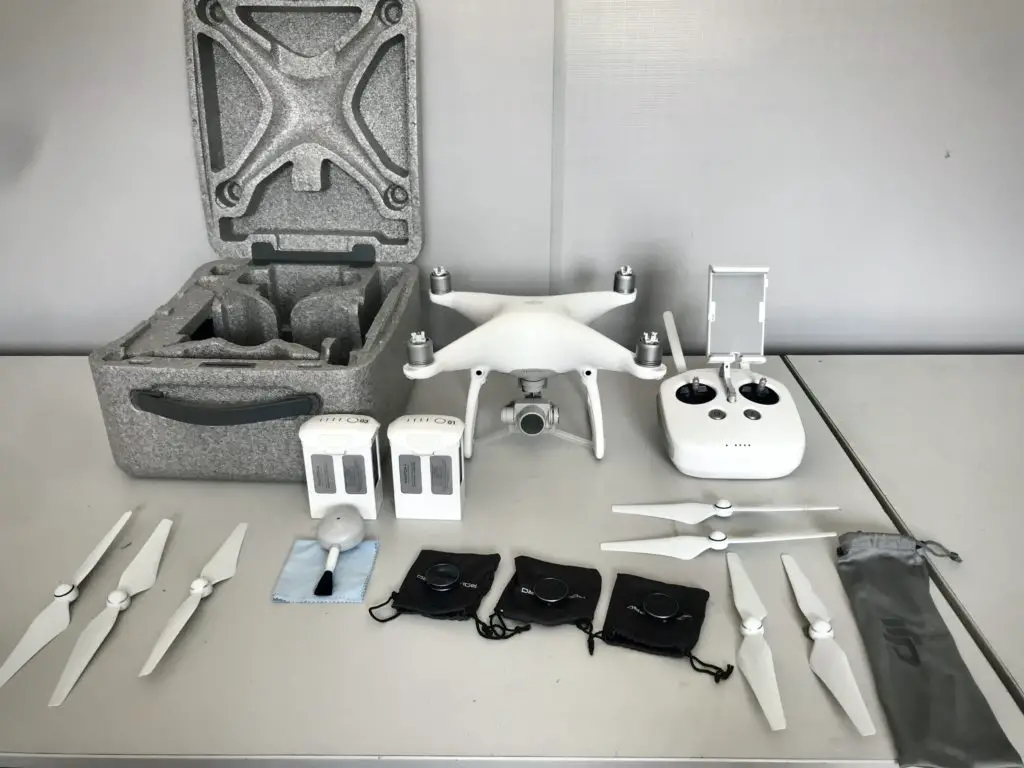
The DJI Phantom series is one of the most popular quadcopter drones throughout recent years. This is because it rides the line between a value-packed recreational drone and a reliable, flexible professional platform.
Since it is a DJI product, it comes with a variety of technologically advanced hardware and accompanying software meaning it is very intuitive and easy to use.
Combining this with it’s heavier nature in the ‘very small’ category of drones, it means that it is light enough from a compliance standpoint (under 2kg) but is also heavy enough to have a sturdy flight profile. It can handle rougher weather conditions and carries more momentum in flight.
In the case for this article, it serves a very particular use case. It is powerful enough to reliably carry additional accessories, which has seen a large third-party marketplace arise for exactly this reason. Here are just a few things you can do with a Phantom.
- Fishing enthusiasts often attach bait releases to these drones. This allows them to cast their lines, up to a kilometer away to maximise cast range without moving their boat and disturbing the fish in the region.
Payload weight = 50g
- Surf Life Saving Australia attaches audio speakers to their drones. As the drones monitor the beaches, they can alert nearby swimmers to the presence of sharks or other concerns by sounding an alarm. The drone can hover in place over the danger area, to indicate where the hazard is and to help people move away and avoid the problem.
Payload weight range = 95-500 grams
- It is even possible to add functionality and utility to the kind of information this drone can capture. The DJI Phantom 4 series comes equipped with a RGB sensor (camera) that is not intended to be removed or switched out. Sentera provides an attachment that allows for the capture of NDVI imagery for plant and crop analysis without interfering with the existing sensor.
Payload weight = 30g
DJI Matrice 600
The DJI M600 is one of the most popular professional drones due to its flexibility. This is because the M600 is a bare bone skeleton intended to suit a variety of business needs, its applications are virtually endless.
It is a hexacopter and its airframe is a collection of hollow lightweight carbon fiber tubes. Most of its weight comes from its propulsion and power system. It has 6 motors and 6 large propellers which are powered by 6 batteries. Unlike the Phantom series, the cameras and payloads are interchangeable. Examples include:
- Australian company Little Ripper Lifesaver has customized their drones for rescue and assistance. Their drones can deliver what they refer to as ‘rescue pods’ which can be floatation devices for swimmers in need or even defibrillators for first aid.
Estimated total payload weight of approx = 1-2 kilograms
- Almost any cameras can be attached to the Matrice 600. Many users attach professional-grade DSLR cameras for the perfect shot. Big studios often film using RED cameras with the M600 for major blockbusters.
Payload total weight = up to 6 kilograms
- As crazy as it sounds, you can even find a flamethrower attachment for your M600! They can shoot flames up to 5 meters away and are intended to be used for maintenance. i.e. to burn foreign debris off large steel structures, such as branches off of power lines.
Payload weight = 1.5 kilograms without fuel
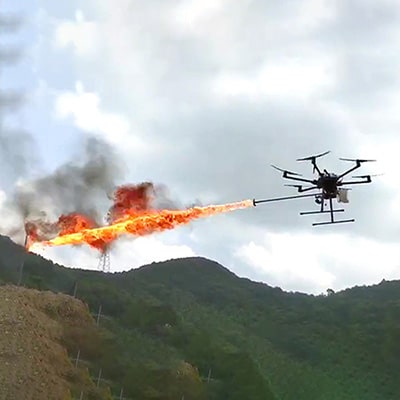
Important Things To Remember!
If you’re considering carrying extra weight, there are still a few things to consider, and these can be very crucial. Read through our final thoughts to make sure you’re well equipped to get going safely.
Check The Manufacturers MTOW
Despite the fact that your drone might be able to take-off with a certain weight, you cannot be certain how it will affect the flight time and flight performance. Don’t just take our word for what your specific model of drone can do. Do your research.
We recommend that you check the manufacturer’s specifications for Maximum Take-off Weight (MTOW). This is because your drone technically can lift a wide range of weights but may function very poorly. Especially during periods of voltage sag or poor weather conditions.
To calculate the drones payload capacity, simply deduct the weight of the drone from the manufacturer’s recommended MTOW. For example:
- X drone weighs 1.3 kilograms (unloaded)
- X drone’s MTOW is 1.75 kilograms
- MTOW – X Drone weight
- 1.75 – 1.3 = 0.45 kilograms or 450 grams
- Payload Capacity is 450 grams
*don’t forget to include the weight of your batteries as part of your drone
Center of Mass or Center of Gravity
Adding to the possibility of interrupting flight performance; ready-to-fly drones are designed with their center of mass in mind. This means that when they hover in place, they require an equal power contribution from each motor, essentially balanced.
When adding additional weight to your drone, you often upset the equilibrium of forces intended for the drone. This means some of your motors may work harder than others to maintain level flight.
Although most products/attachments will consider this fact in their designs, it may still not be perfect.
We recommend that you keep your flights short, and inspect the motors for overheating or excessive wear after each flight. Keep an eye on how your drone is acting and reacting to your controller inputs.
Check Your Local Drone Laws
If you can carry anything at all, there may be some restrictions on what you may be allowed to carry and do with your drone.
In some places, it is illegal to intentionally ‘discharge an article from an unmanned aircraft’. In normal people speak, it means it’s against the rules to release an object (whatever it may be) from your drone.
So do your due diligence and check with the appropriate authorities. But more importantly than that, just fly safely and use your common sense.
Weight Category
One thing that is easy to overlook, is that drones are often categorized by their weight.
For example, in Australia, you will need a remote pilot license (RePL) to fly a drone that weighs more than 2 kg if it’s not on your own property.
Your drone might be a little lighter at 1.9 kg so that you can fly freely without a license. But remember if you add a cool little gadget that weighs, for example 150 grams, then you’ll be in violation of the regulations.
In the United States, drones weighing less than 250 grams can fly without registration and without a Remote ID broadcast system. If you are flying a Mavic Mini that weighs 249 grams, once you add some cool LED lights to your drone you’ll be above the limit and will have to abide by a whole different set of rules.
The weight classes are defined as your take-off weight. So be sure to keep that in mind when trying to carry extra equipment.
Pre-flight Checklist
Our final recommendation when carrying anything additional on your drone, is that you add a specific section to your pre-flight checklist. This will help you fly safely and could save you a tonne of money and stress.
Here’s our short example to get you started.
- No defects in payload or attaching mechanisms
- Payload is securely attached (screws/mounting is firm)
- Payload will not interfere with key functions (proximity sensors, propellers, LEDs)
I hope this answered some of your questions about how much weight a drone can carry, and also provided some useful advice.
If you’re curious about drones and what they can do, you should check out my other article, Why Do Drones Have Such A Short Battery Life?

